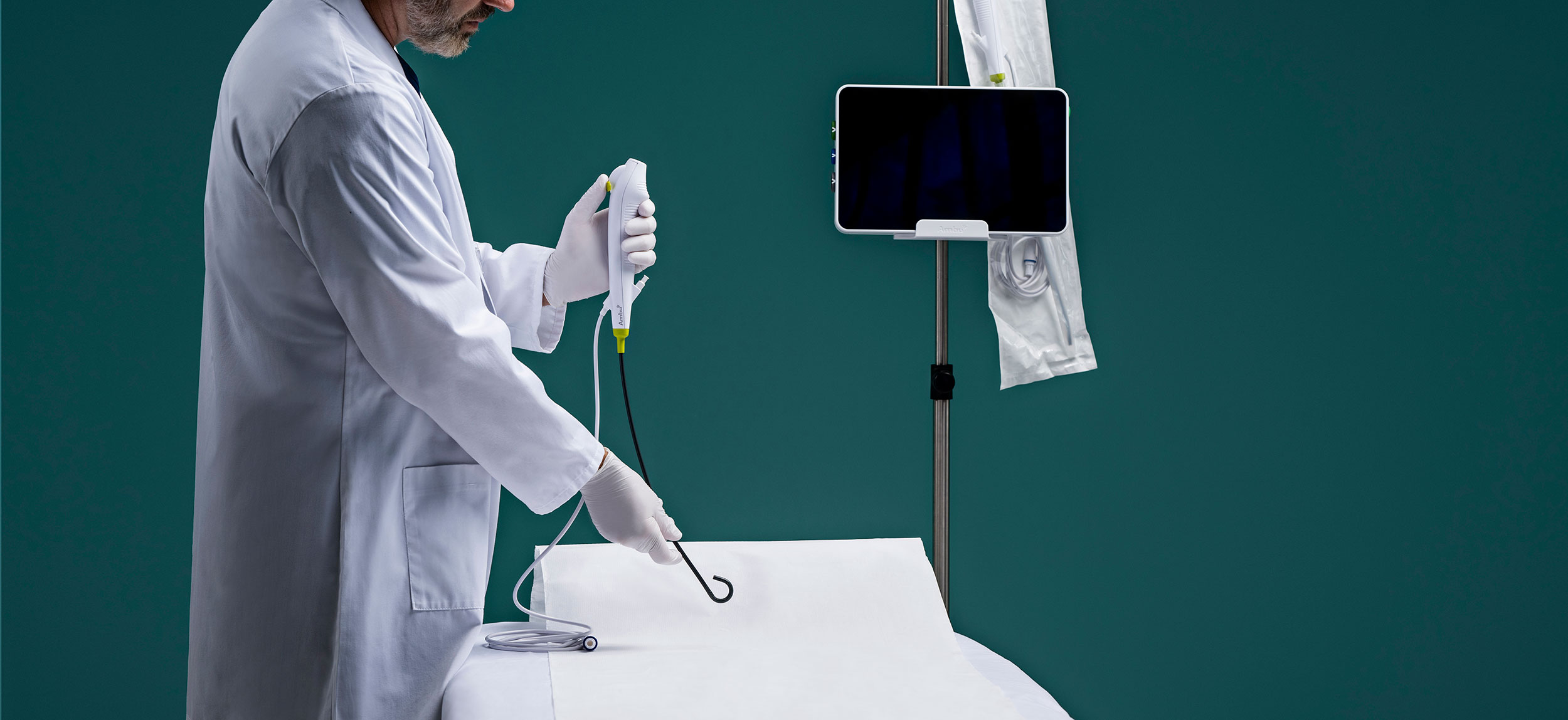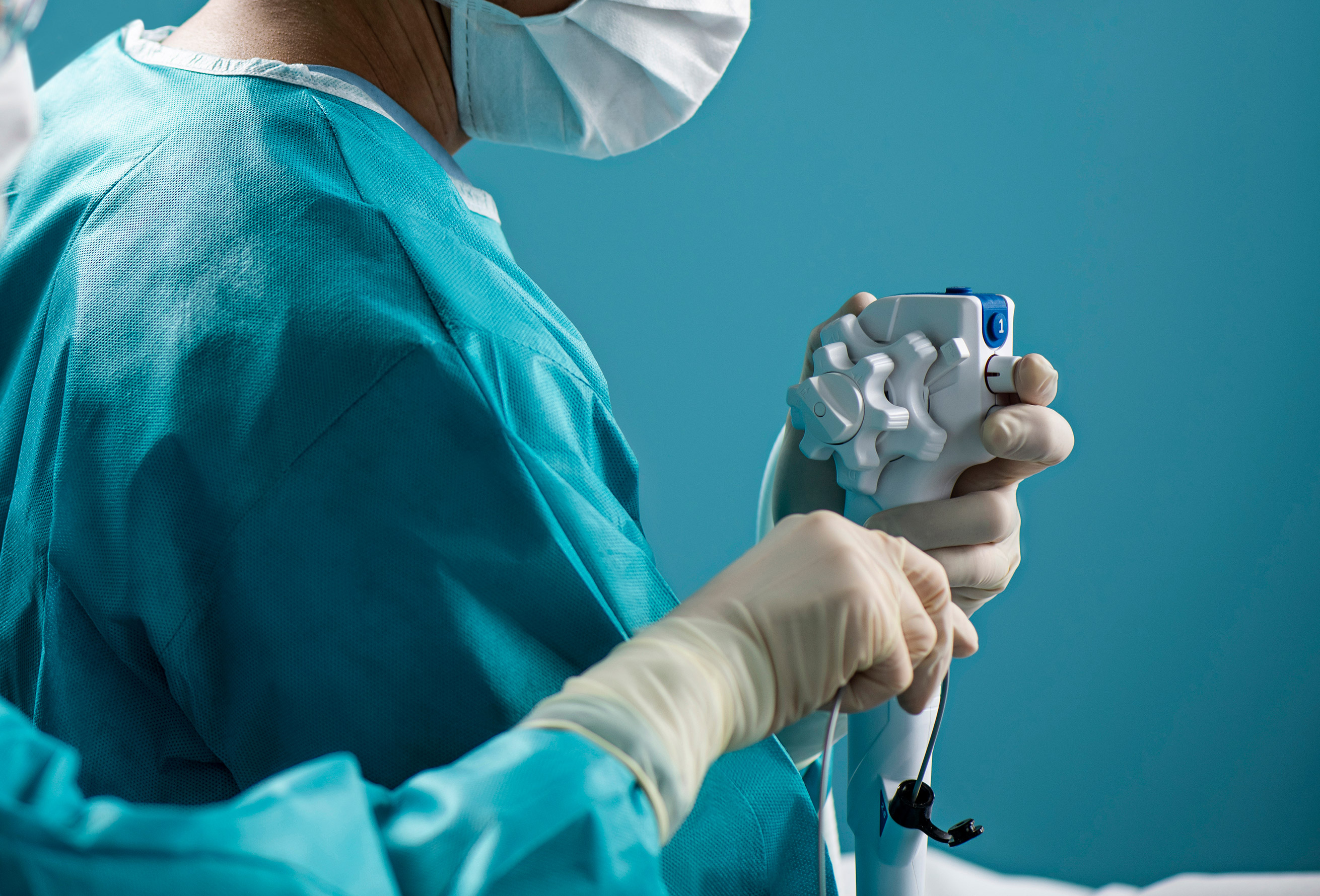
Education is key to detecting the early warning signs of endoscope damage.
That’s a takeaway from a recent Beyond Clean expert series column in which flexible endoscope expert Michael Matthews describes why facilities too often make “reactive repairs” to such devices.
Matthews, the director of customer training and education for Agiliti and previous director of clinical education and training for Northfield Medical, writes that a lack of inventory is the major reason for such responses.
Facilities too frequently do not possess an inventory of endoscopes capable of covering surgical volume. Reusable scopes are costly, but not purchasing enough of them can lead to overuse and prevent proper maintenance. This, in turn, results in reactive repairs, which cost more and add stress for staff.
Another reason Matthews lists for reactive repairs is that staff are unsure of what to look for. A lack of training on the early warning signs that a reusable scope requires maintenance leads to endoscopes fully breaking instead of receiving minor maintenance.
This is not only more expensive but exposes patients to risk. As Matthews writes, scopes may continue to function while containing subtle damage, but they may be impossible to clean properly.
Recognizing device damage early is similar to spotting the “check engine” light in your vehicle. The proper response is to bring it to the shop for repair then, rather to wait for your car to stop running entirely.
Single-use endoscopes — invented by Ambu in 2008 — remove the need for repairs and cleaning as they are used once and discarded. They also alleviate availability issues caused when a reusable scope requires maintenance.


